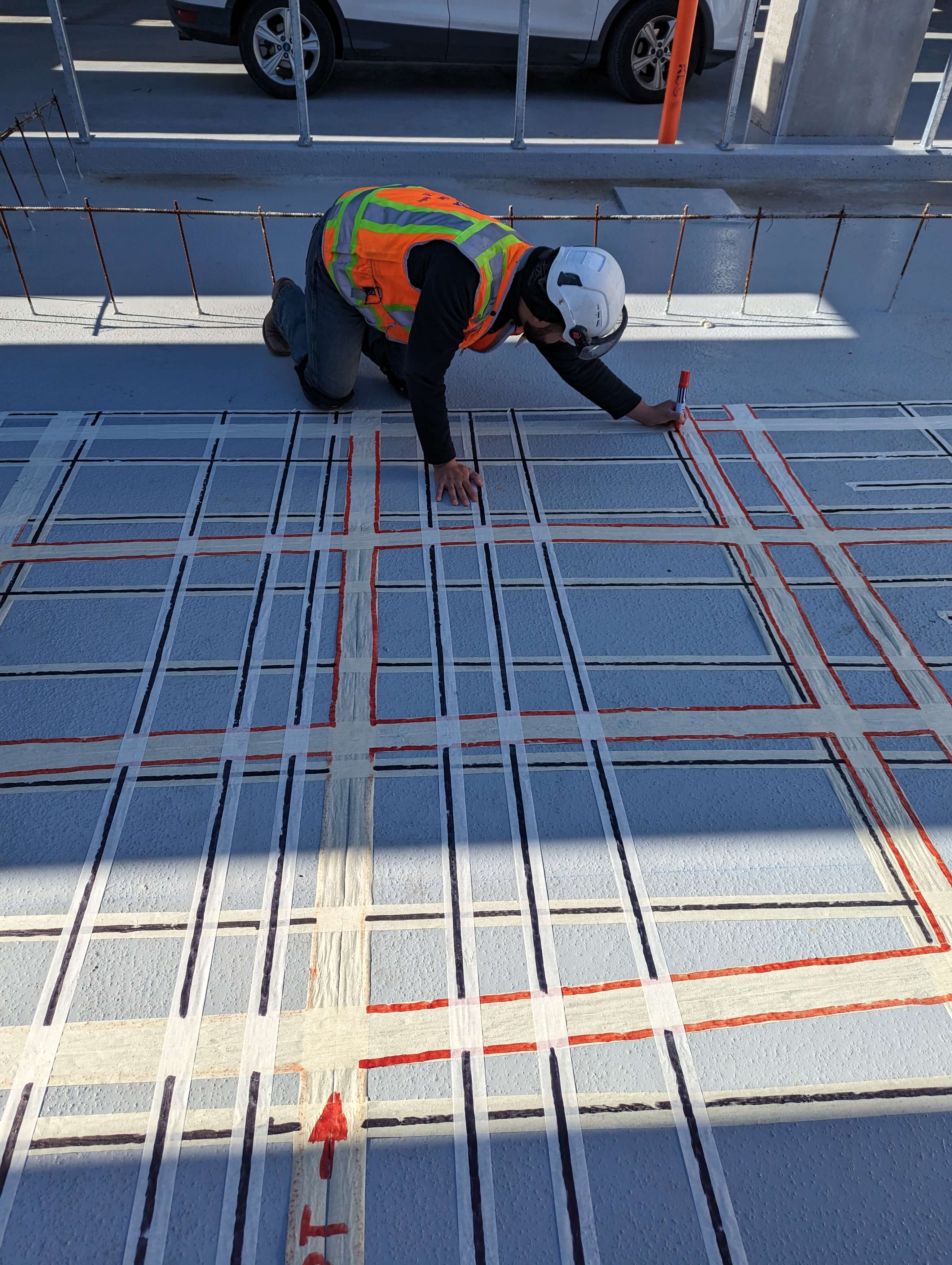Professional Tips for Optimal Concrete Scanning Results
Professional Tips for Optimal Concrete Scanning Results
Blog Article
Elevate Your Construction Refine With the Strategic Insights of Concrete Scanning for Improved Productivity
In the world of modern building and construction practices, the pursuit for effectiveness and accuracy is critical. Welcoming ingenious modern technologies has actually come to be a foundation for attaining these goals. One such innovation that has reinvented the construction market is concrete scanning. By using the tactical insights supplied by concrete scanning, building and construction professionals can unlock a world of boosted productivity and streamlined processes. The effects of integrating concrete scanning go much past surface-level benefits, supplying an extensive effect on task outcomes.

Advantages of Concrete Scanning
Enhancing job efficiency and safety, concrete scanning offers a non-destructive method for spotting covert objects within concrete structures. By making use of technologies such as ground-penetrating radar (GPR) and concrete x-ray imaging, building teams can properly situate rebar, post-tension cords, electrical conduits, and various other obstructions before exploration, cutting, or coring right into concrete.
The advantages of concrete scanning are various. Building websites can be intricate settings, and recognizing what lies under the surface area can avoid accidents and injuries.
Furthermore, concrete scanning advertises overall job performance by enhancing operations and stopping rework. By identifying potential problems early on, teams can readjust their plans proactively, conserving time and resources in the future. Basically, the fostering of concrete scanning innovations is a strategic financial investment that pays dividends in terms of security, performance, and cost-effectiveness.
Modern Technology Integration for Performance
Concrete scanning's ability to improve process and boost project efficiency can be more enhanced through tactical assimilation of advanced technologies. By including Structure Details Modeling (BIM) software application right into concrete scanning procedures, building and construction groups can accomplish a higher degree of accuracy and control. Additionally, the integration of Enhanced Reality (AR) modern technology with concrete scanning can improve on-site visualization, enabling job supervisors and employees to overlay electronic info onto the physical setting in genuine time.
Avoiding Costly Errors
How can thorough focus to detail during concrete scanning procedures assist construction groups in protecting against costly mistakes? Concrete scanning plays an important role in determining potential concerns prior to they rise right into expensive blunders. By making use of advanced scanning modern technologies such as Ground Passing Through Radar (GPR) and electromagnetic induction, building and construction groups can properly detect rebar, energies, voids, and various other blockages within concrete frameworks. This degree of accuracy allows task managers to make educated decisions relating to the format and layout of their construction strategies, lowering the risk of unexpected damage to essential facilities throughout the structure process. Furthermore, concrete scanning helps in ensuring structural integrity by recognizing weaknesses or issues in the concrete at an early stage, permitting prompt fixings and adjustments. By proactively addressing these concerns, building groups can prevent pricey mistakes such as rework, hold-ups, or safety hazards that may occur from neglected disparities in the concrete structure. Eventually, investing in detailed concrete scanning procedures confirms to be a cost-effective method over time, conserving both time and resources while enhancing general task performance and quality.
Enhancing Project Management
Precise interest to detail throughout concrete scanning processes not just helps in staying clear of pricey errors yet also lays a solid structure for effective task monitoring in building and construction endeavors. By including concrete scanning technology into job administration techniques, construction groups can enhance operations, enhance communication, and guarantee that jobs remain on track.
Concrete scanning provides beneficial understandings right into the structural stability of existing website link elements, enabling task managers to make informed choices concerning style modifications or construction sequences. This positive technique decreases the risk of unforeseen hold-ups or rework, ultimately conserving time and resources. Additionally, the data obtained from concrete scanning can be incorporated right into Structure Info Modeling (BIM) systems, enabling real-time partnership and control amongst different stakeholders.
Additionally, concrete scanning assists project supervisors determine prospective threats or challenges before they escalate into larger concerns, promoting a much safer job environment for all involved. With boosted presence and accuracy provided by concrete scanning modern technology, job supervisors can effectively plan, monitor, and execute building tasks with better performance and confidence.
Taking Full Advantage Of Productivity
One essential facet of taking full advantage of productivity is via the fostering of concrete scanning innovation. By utilizing ground-penetrating radar (GPR) and other scanning techniques, building and construction teams can accurately locate rebar, channels, and other subsurface aspects, reducing the threat of pricey errors and delays throughout excavation and drilling.
In addition, embracing Building Information Modeling (BIM) software application can substantially enhance efficiency by creating detailed 3D versions that boost job visualization and sychronisation amongst different trades. BIM enables better clash detection, enabling problems to be identified and resolved before building and construction also begins, conserving time and sources over time.
Executing a lean original site building method, which concentrates on eliminating waste and optimizing efficiency throughout all project phases, is another reliable method for making best use of performance. By promoting collaboration, communication, and continual renovation, building and construction teams can function extra cohesively towards attaining job objectives in a productive and streamlined way.
Conclusion
Finally, the critical application of concrete scanning in the construction process uses many advantages, including boosted efficiency, cost financial savings, enhanced task view publisher site management, and enhanced performance. By incorporating this innovation, construction teams can avoid pricey errors, streamline their operations, and optimize their general job output. Concrete scanning is a valuable tool that can raise the building process and result in even more successful and effective end results.

Report this page